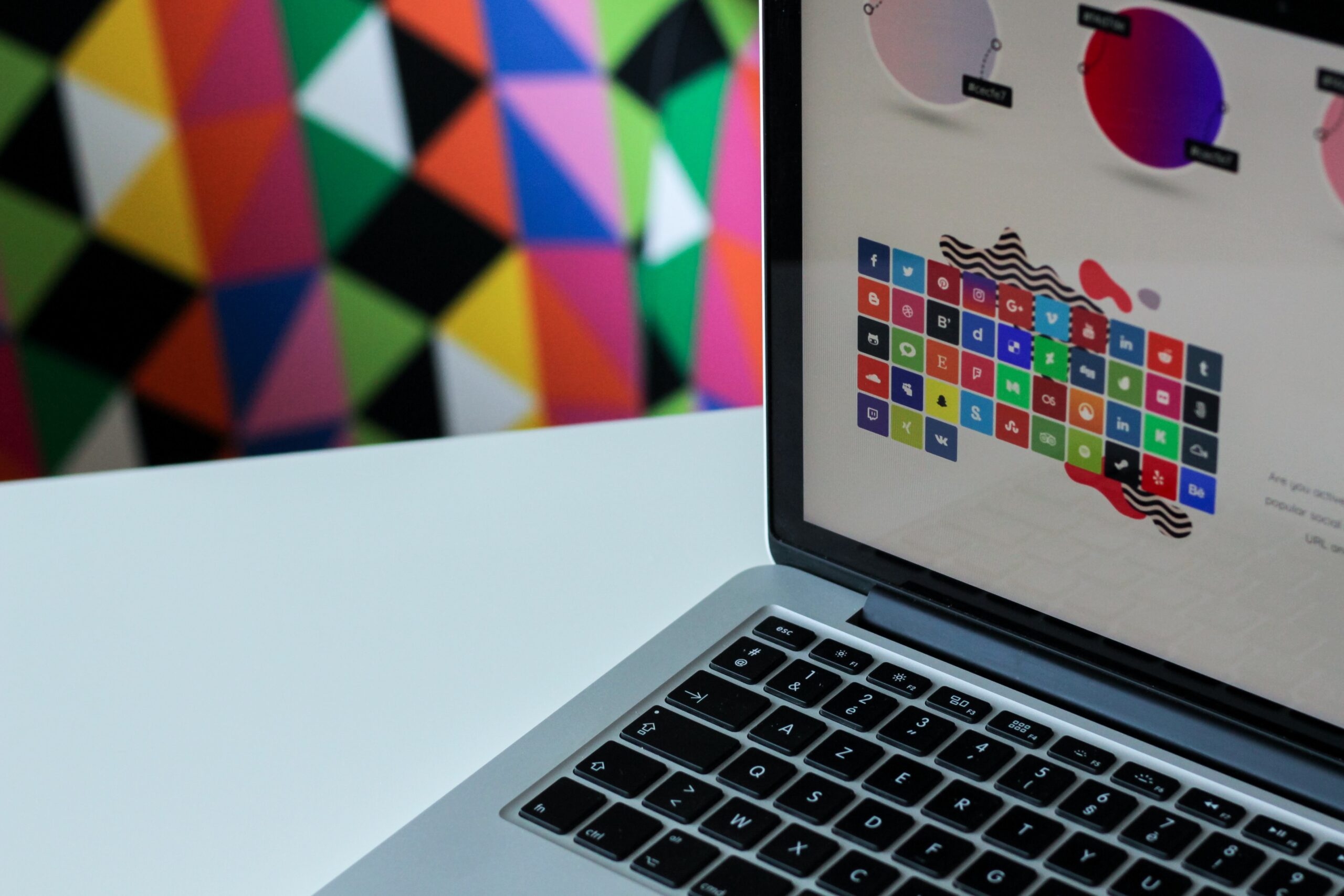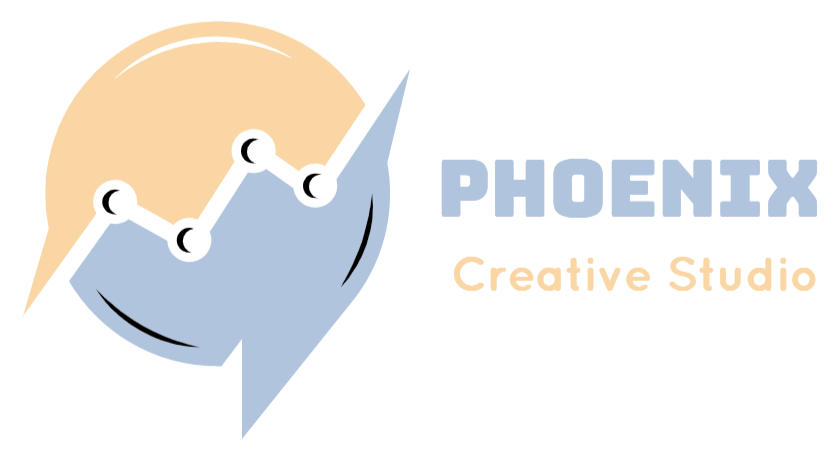
Making logos might seem simple enough. It’s a single image, after all, right?
In truth, making a logo is one of the most complex parts of graphic design. Have you ever wondered why the drafts of symbols for the most prominent brands are very extensive? Some of them even reach 30 redos before getting the perfect logo.
As with most things in graphic design, learning to make a great logo takes a lot of practice. If you want to improve, start with the basics and learn more about the types of symbols first.
1. Abstract
Abstract logos are symbols that don’t easily represent the company and what they offer at first glance.
Look at the Adidas logo, for instance. Does that flower (or leaf?) represent the clothing apparel that the company offers?
While a bit more complex to make, abstract logos can effectively establish branding. Abstract symbols can represent what the company stands for.
An excellent example of an effective abstract logo is the Nike swoosh. It represents action or movement. Now, Nike also uses the “Just Do It” slogan. All of which are centered on the brand’s sporting line apparel.
2. Pictorial
Pictorial logos are almost similar to abstract logos. The main difference is that pictorial logos use real-life objects to represent the brand. Some examples include Twitter’s bird logo and Apple’s… Apple logo.
Like abstract logos, pictorial logos are used to convey a deeper meaning. Talking a look at Twitter, the bird represents boundless freedom. The social media platform is now used as an outlet for thoughts and opinions, with few restrictions.
3. Mascot
Mascot logos aren’t fit for all brands. They’re often used by companies that cater to families or children. It’s just more appealing for that market to have a brand that’s represented by a friendly-looking icon.
Logos like these are also used by sports teams as well.
What’s great about mascot logos is that brands also get a “spokesperson” representing the brand as well.
When made well, mascot logos really stick as it creates a charming personality for the brand as well.
4. Emblem
Emblem logos are usually a combination of a logo and wordmark inside of an emblem or crest.
You can see emblem logos in universities mostly. However, there are also commercial brands that use an emblem logo. Some examples include Harley-Davidson, Starbucks, and Warner Bros.
Emblem logos look a bit more sophisticated as compared to other logo types. These logos are also on the complex side. It can cause problems if the company is looking to distribute products with the logo embroidered.
5. Letter Mark
Letter marks are also called monograms. This is the simplest form of logo you can make.
It’s comprised of the letters that make up a company name. This type of logo is best reserved for brands with a long name. To make the name easier to remember, they shorten it into a few letters.
Take Home Box Office, for instance. They’ve abbreviated their name into HBO so it’s easier to remember. That said, their logo is a simple text featuring the acronym.
The same goes for brands like Hewlett-Packard, HP, Louis Vuitton, or LV.
Although simple, letter mark logos are often challenging. How can you make a standout logo using a few letters?
This is where the logo’s clogo’s olor, font, and styling ome into play.
6. Wordmark
Wordmarks are just like letter marks. The main difference is that in wordmarks, you use the company’s entire name instead.
Some great examples of wordmark logos include Coca-Cola, Google, and Visa.
When should you opt for a wordmark instead of a letter mark logo? It depends on a few things.
A wordmark logo is best if the brand name is short, catchy, and can be said in a few syllables. However, if the name has to be abbreviated, then go for a letter mark logo instead.
7. Combination Mark
A combination mark is comprised of various logo types. This is the most common type of logo you can find, and it’s likely because it’s easy to create something unique with it.
One familiar brand that uses combination marks includes KFC, which operates letter marks and mascots. Another familiar brand is Spotify which uses wordmark and emblem.
Aside from its versatility, a combination mark is also advantageous because it’s easier to trademark. Since you can create something more unique, it’s relatively easy to design something that doesn’t cause trademark problems.
Creating logos is a good specialty to master when it comes to graphic design. Don’t underestimate these simple images.
A good logo can carry a company for decades and represent brands for generations to come. Who knows, you might be well on making the world’s next best logo.
